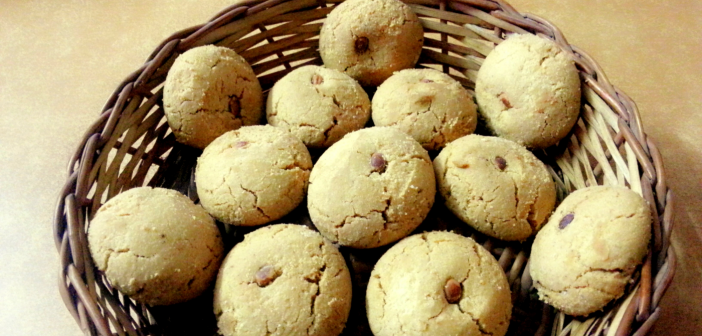India’s love affair with biscuits and cookies is a story steeped in history, cultural influences, and a constant evolution of flavors and textures. This journey began centuries ago, not with the factory-produced treats we know today, but with simpler fare that laid the foundation for the thriving biscuit and cookie industry India boasts today.
Early Beginnings: Rusks and Travelers’ Delights
The concept of baked, dry snacks for travel and sustenance can be traced back to ancient India. One such example is the “rusk,” a twice-baked bread originating from the Mughal era. Often flavored with fennel seeds or rose water, rusks were perfect for long journeys, offering a portable source of carbohydrates and energy. Another early forerunner of cookies was the “nankhatai,” a melt-in-your-mouth shortbread cookie believed to have originated in Gujarat. Made with wheat flour, ghee, sugar, and cardamom, nankhatai translates to “bread of the bakery” and remains a beloved tea-time treat across India.
Colonial Influence and the Rise of Biscuits
The arrival of European traders in the 16th and 17th centuries brought new influences to Indian baking. The Dutch introduced their “koekje,” a small, hard biscuit, which found favor among the British East India Company officials. The British, with their own tradition of ship’s biscuits, further solidified the idea of factory-produced, shelf-stable biscuits in India. By the late 19th century, the first indigenous biscuit factories were established, such as the Royal Biscuit Factory in Thalassery, Kerala, catering to both European and Indian palates.
Post-Independence and the Rise of Mass Production
India’s independence in 1947 marked a significant turning point for the biscuit industry. Companies like Britannia, which started in 1892 with a focus on “sweet & fancy biscuits,” ramped up production to cater to the growing demand for affordable snacks. This period saw the rise of familiar brands like Parle, known for its iconic glucose and digestive biscuits, and the introduction of machinery that enabled mass production. The post-independence era also witnessed a regionalization of biscuit preferences. For example, the South Indian breakfast staple, “ney uppu,” a flaky, melt-in-your-mouth cracker made with rice flour and ghee, gained wider popularity.
Modern Delights: Embracing Innovation and Global Trends
Today, India’s biscuit and cookie industry is a multi-billion dollar powerhouse, boasting a diverse range of products. The industry has embraced innovation, offering an array of cream-filled, wafer, and sandwich cookies to cater to evolving consumer preferences. Global trends like health consciousness have led to the introduction of whole wheat, multigrain, and sugar-free options. However, traditional favorites like nankhatai, benne biskut (a buttery cookie from Karnataka), and besan barfi (a gram flour-based sweet from North India) continue to hold a special place in the hearts of Indians.
A Look at the Numbers: A Booming Industry
According to industry reports, India is the world’s third largest biscuit manufacturer, following the US and China. The industry is estimated to be worth over Rs. 30,000 crore, with biscuits contributing a larger share compared to cookies. Maharashtra and West Bengal are leading producers, with major manufacturing hubs located in these states. The industry caters not only to domestic consumption but also exports biscuits to various countries across the globe.
Challenges and the Road Ahead
Despite its success story, the biscuit and cookie industry in India faces challenges. One concern is the rising cost of raw materials like wheat and sugar, which can impact production costs and pricing. Additionally, with increasing health concerns, manufacturers need to strike a balance between taste and nutrition.
Conclusion: A Sweet Future Awaits
The story of biscuits and cookies in India is a testament to the country’s rich culinary heritage and its ability to adapt to changing times. From humble beginnings to a modern, diverse industry, the journey continues. As manufacturers embrace innovation and cater to evolving consumer preferences, one thing remains certain: India’s love affair with these sweet and savory treats is sure to continue for generations to come.





